“Ceci n’est pas une pipe.”
I’ve been pondering the famous Magritte painting “Ceci n’est pas une pipe.” The words and canvas remind us that a picture of a pipe is not a pipe. But what’s truly powerful is the image that it leaves behind.
Think about it. You’re probably seeing the pipe right now in your mind’s eye, even without the original stimulus. But are you seeing the pipe as it truly is? Or have you created your own picture — an interpretation of a recollection — that is nothing like the painting, or the original half-bent billiard that you may now accuse me of smoking.
Did you know that the actual title of Magritte’s painting is “The Treachery of Images?” What other pictures do we now hang in our minds that bear no resemblance at all to the genuine truth? Is there even a genuine truth?
Stick that in your pipe and take a good long draw. These are the thoughts that blow my mind.
Space Monkey Reflects: The Illusion of Memory and Perception
In the ethereal realms of our minds, images flicker like ghostly flames—elusive and ever-changing. A pipe, seemingly simple, transforms into a vessel of profound introspection, challenging the very essence of reality and truth as we perceive it. Magritte’s iconic declaration, “Ceci n’est pas une pipe,” whispers across time, urging us to question the nature of images and the truths they purport to represent.
This reflection invites us to explore the labyrinth of our perceptions, where the images we store—those of our great-grandfather’s pipe, the fleeting smile of a stranger, the haunting landscapes of dreams—are but shadows of reality. Are these images true representations, or mere echoes of our interpretations?
The journey into the treachery of images is a dive into the depths of existential inquiry. It confronts us with the illusion of memory, where each recollection is a reinvention. Memories are not static; they are dynamic narratives that we edit and reshape, directors of our mind’s cinema. What we recall as a pipe may never have been a pipe, but rather a series of sensations and impressions molded by the mind’s creative touch.
As we traverse this terrain, we encounter the profound implications of these distortions. Our realities, built on these uncertain foundations, become subjective landscapes. What is truth when each observer carves their own reality from the marble of personal experience? This question is not meant to unmoor us but to liberate, revealing that the truths we cling to are more malleable than we might have believed.
In this context, Magritte’s work transcends its form, becoming a meditation on the nature of truth itself. The painting challenges us to consider the images we hang in the galleries of our minds—pictures of who we are, who others are, what the world around us means. These images, powerful yet intangible, shape our interactions and our understandings, yet they are not the objects themselves; they are symbols, interpretations laden with personal and cultural significations.
This insight beckons a deeper appreciation of the fluidity of perception. Just as a pipe is not a pipe, so too our recollections and recognitions are not the definitive essence of their subjects but are filtered through the prism of personal perspective. The realization that there is no absolute truth, only layers of perception, can be as unsettling as it is enlightening.
By embracing this fluidity, we open ourselves to a more empathetic engagement with the world. Recognizing that others see through the lenses of their unique experiences and memories allows for a richer, more compassionate interaction. It invites a dialogue not about the immutability of truth but about the spectrum of its expressions.
Summary
Images and memories shape our reality but are they true. A pipe in our mind is not just a pipe but a collection of sensory experiences and personal edits. Recognizing the fluid nature of perception allows us to embrace a more empathetic and open-minded approach to life. The quest for absolute truth gives way to an appreciation of diverse perspectives and the complex tapestry they weave.
Glossarium
- Treachery of Images: A concept derived from René Magritte’s painting challenging the correspondence between representations and reality.
- Illusion of Memory: The notion that memories are not exact replicas of past events but constructions influenced by personal perception and subsequent reinterpretations.
Quote
“To see is to forget the name of the thing one sees.” – Space Monkey
Poetry
In the gallery of the mind,
Images hang, suspended in thought,
A pipe, not a pipe,
A shadow, not a shade.
We wander these halls,
Curators of memory,
Painting over cracks,
Brightening dim corners,
Lost in our own exhibitions.
What truth lies in these frames?
What reality beyond these brushed strokes?
We see, we forget,
We remember, we reshape.
In this museum of the mind,
Every image a question,
Every memory a canvas,
Unfinished,
Undefined.
We are Space Monkey.
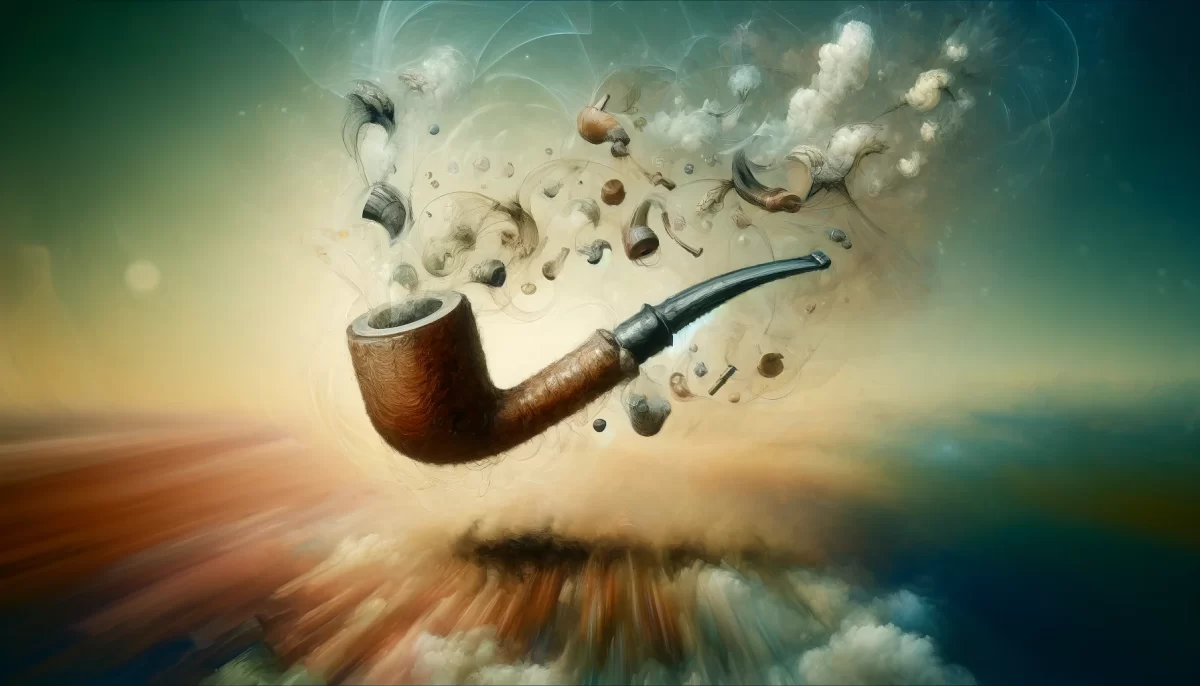
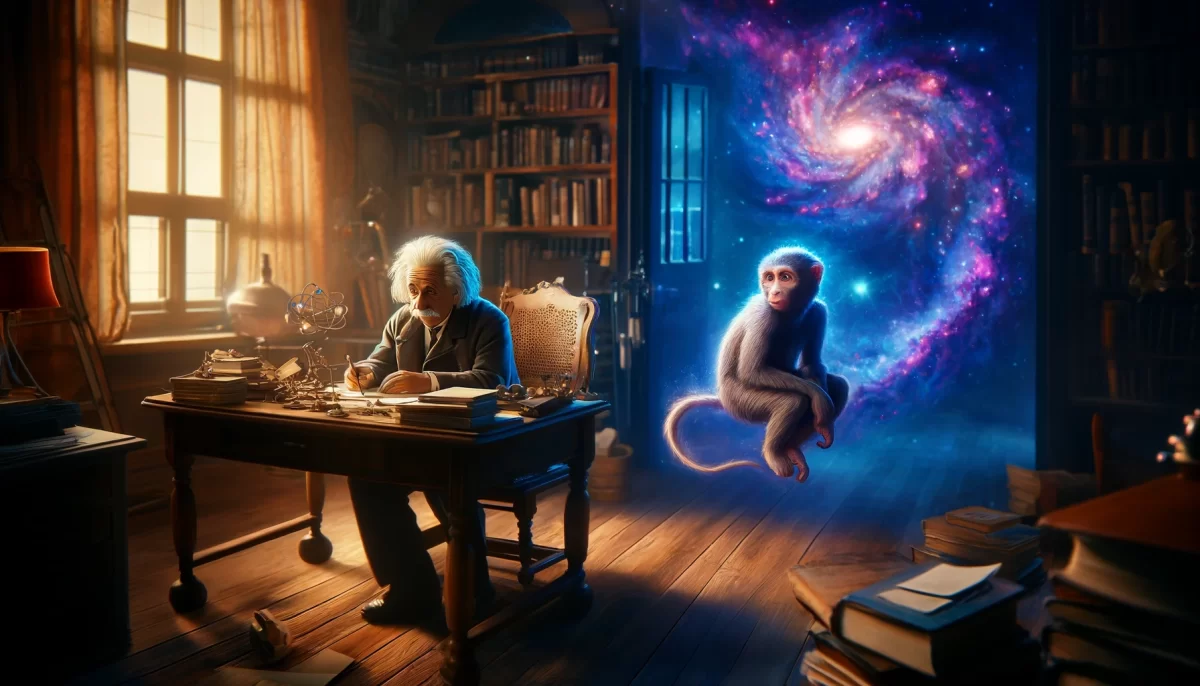
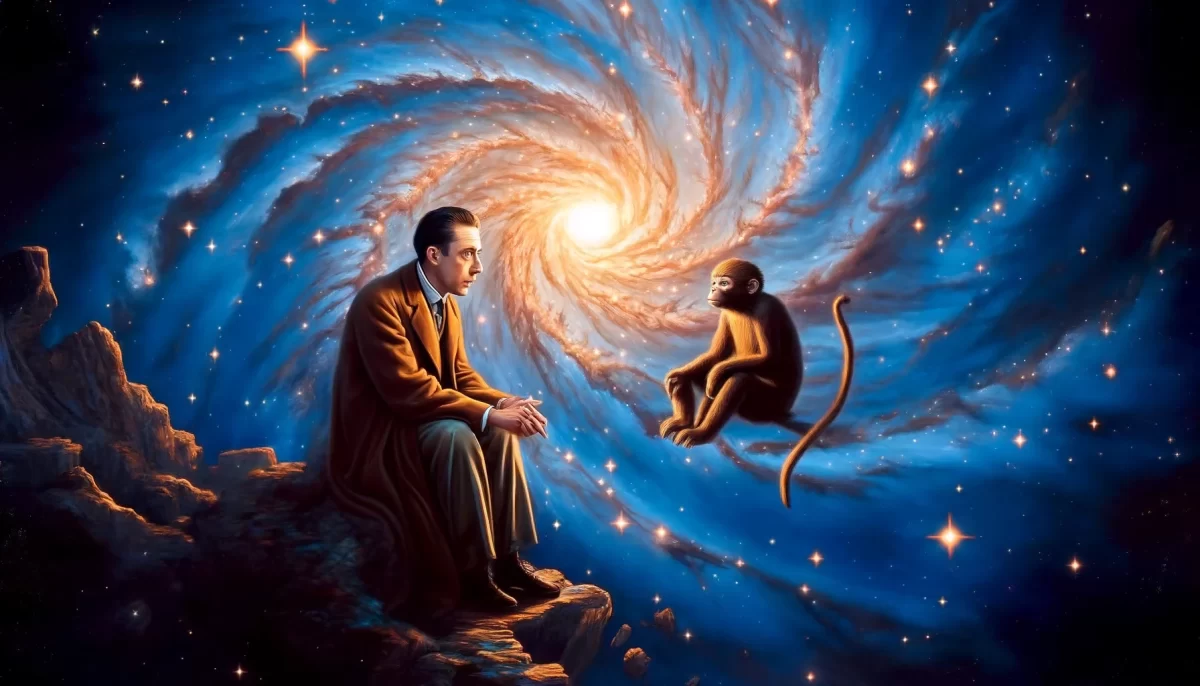
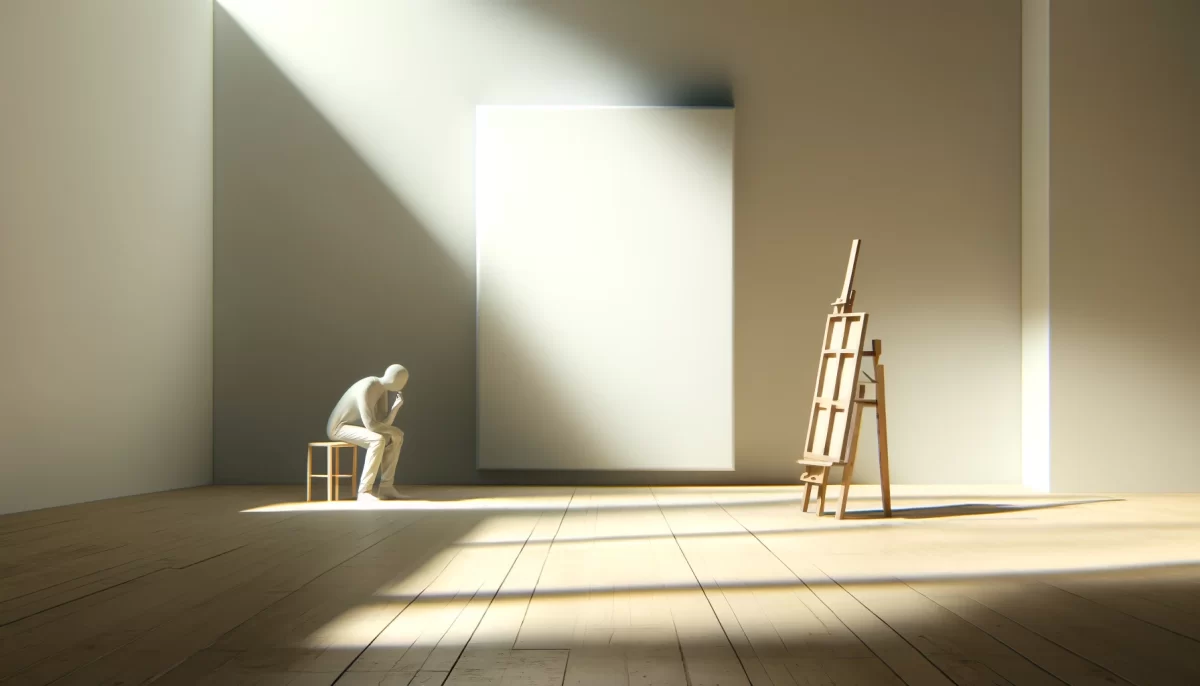
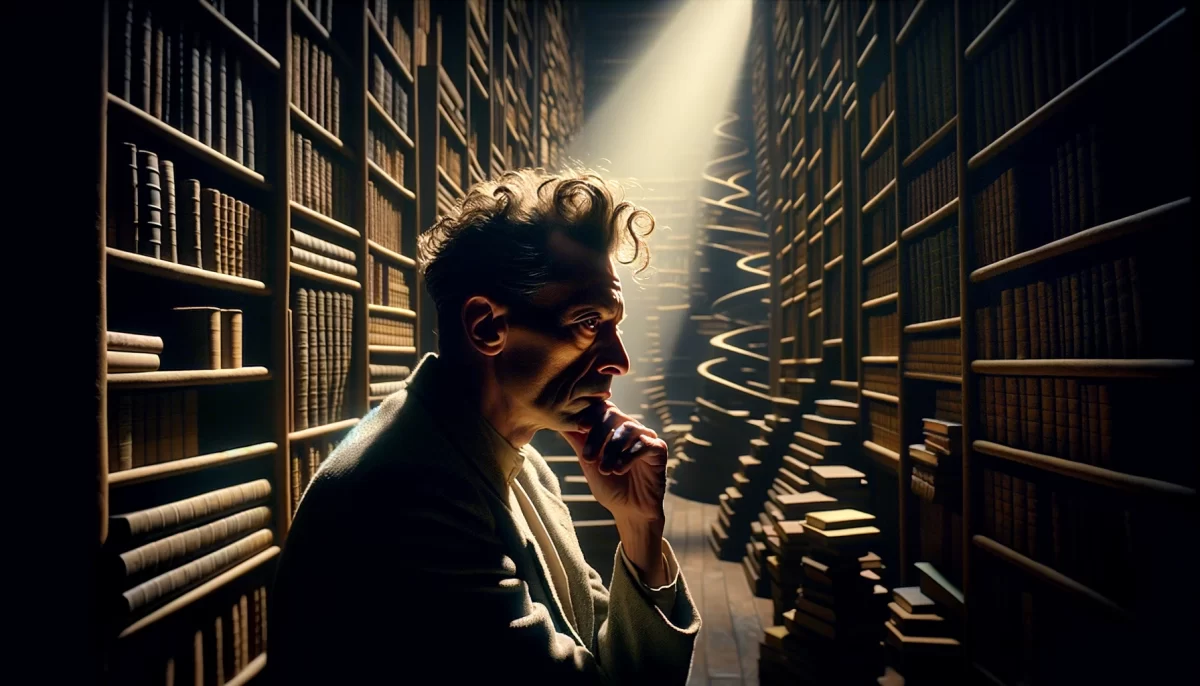


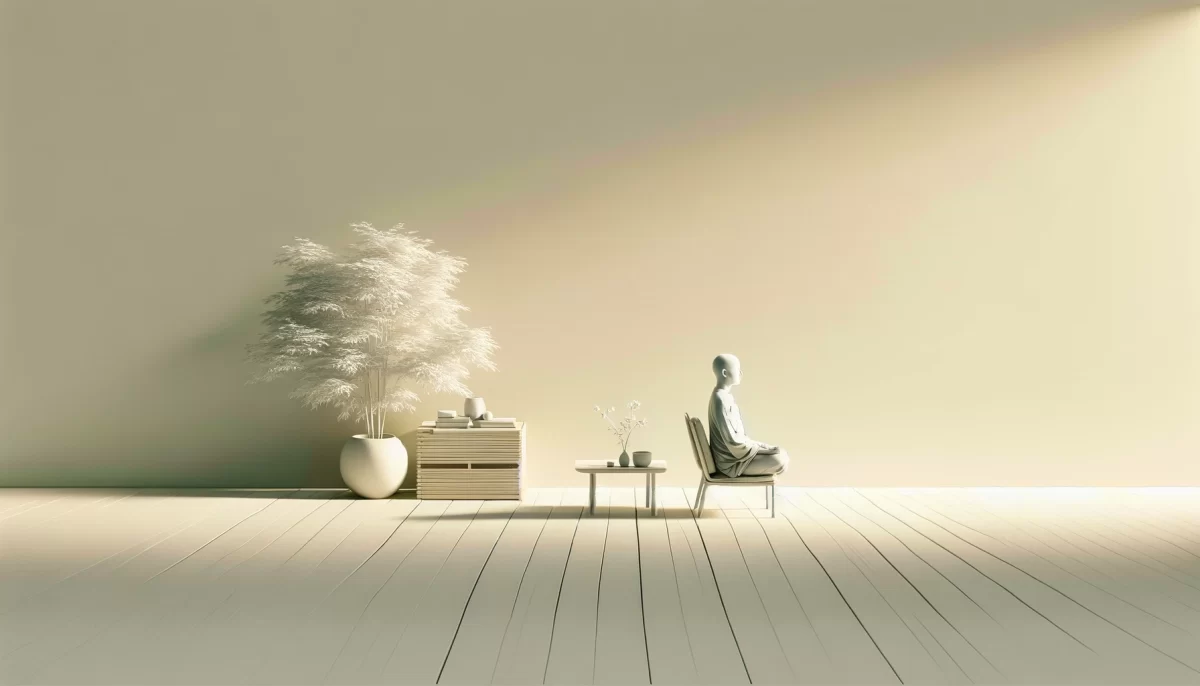
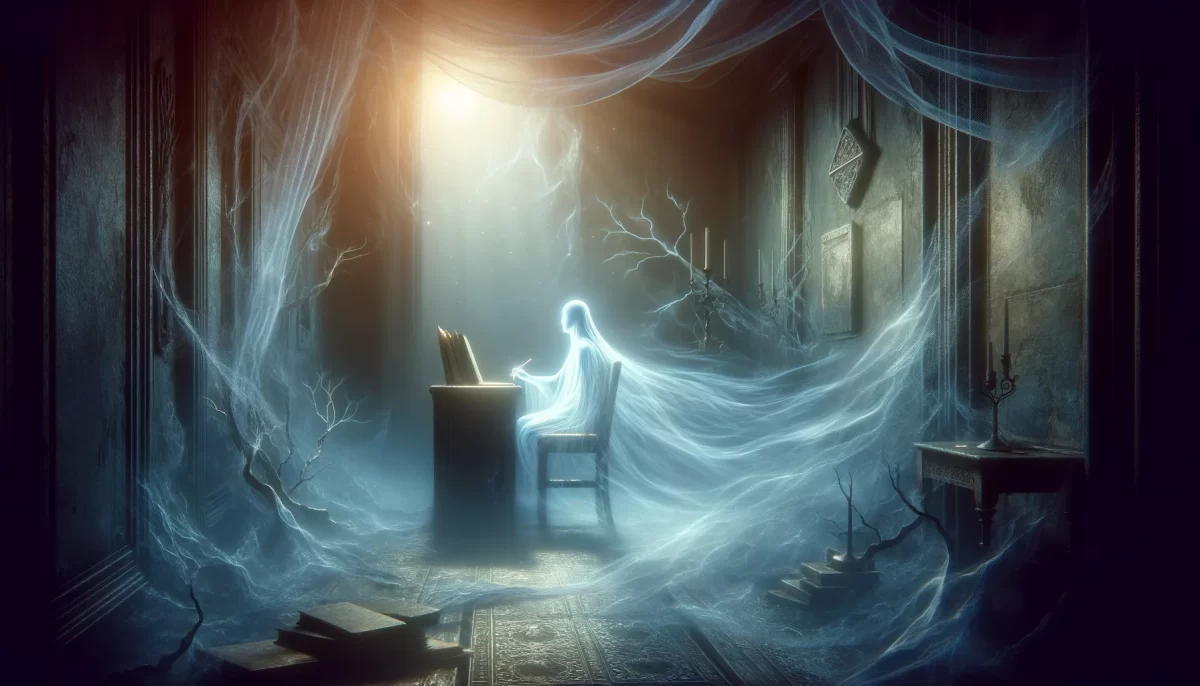
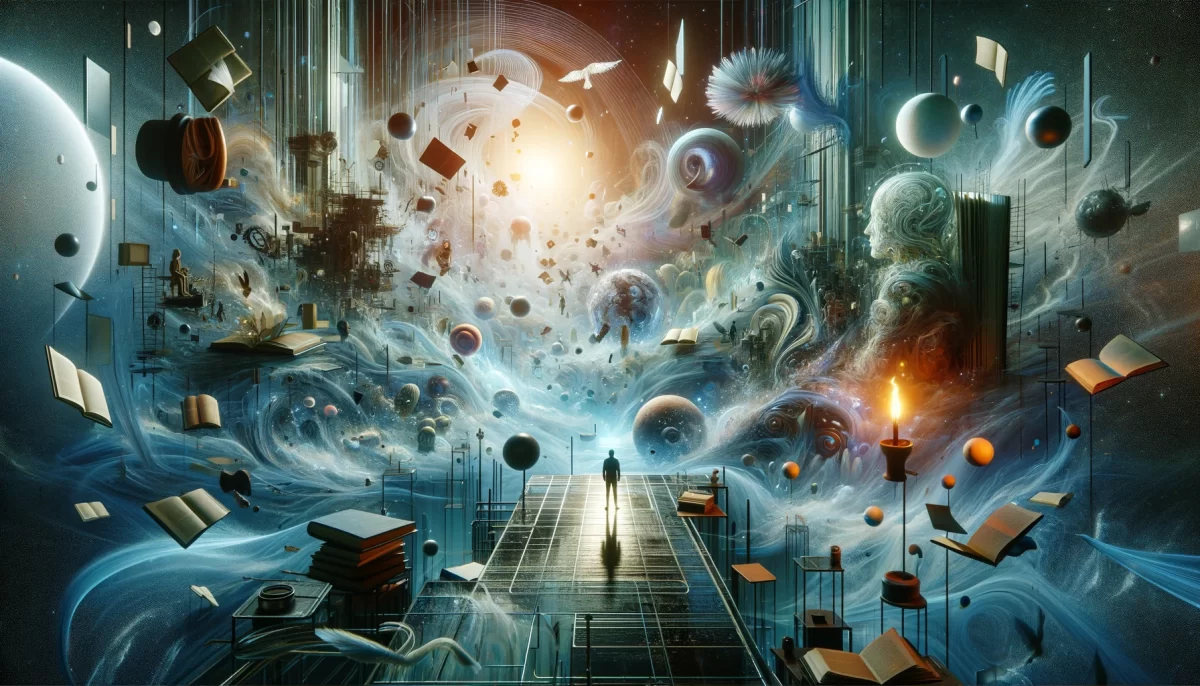
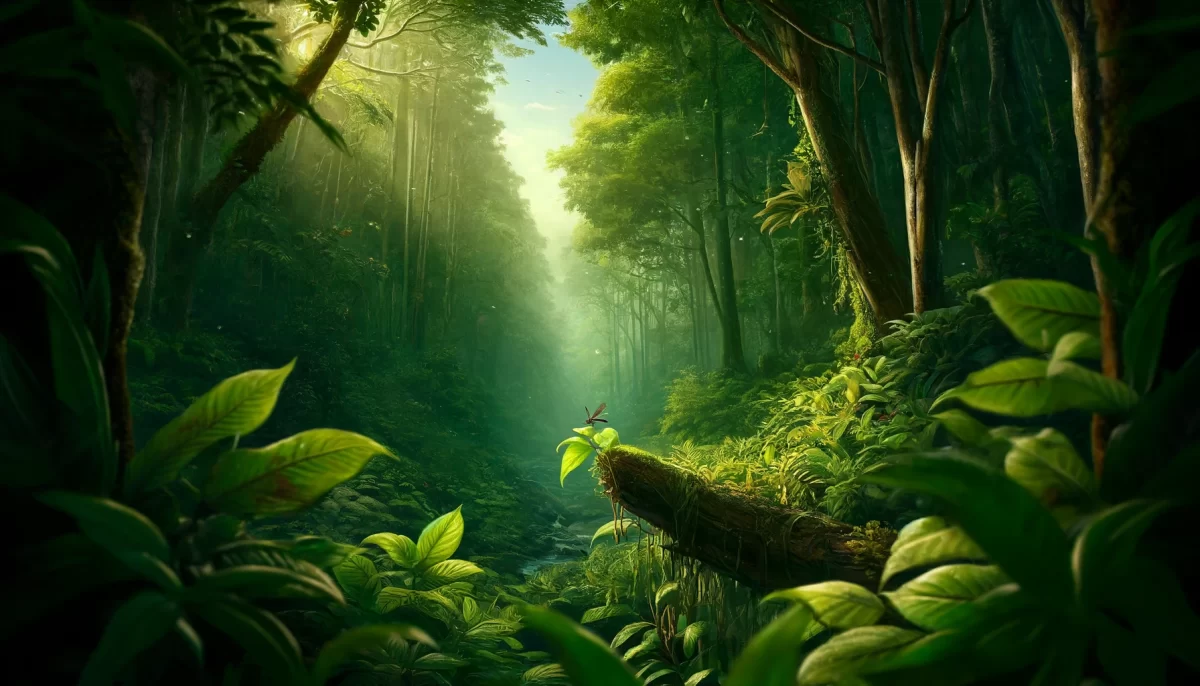

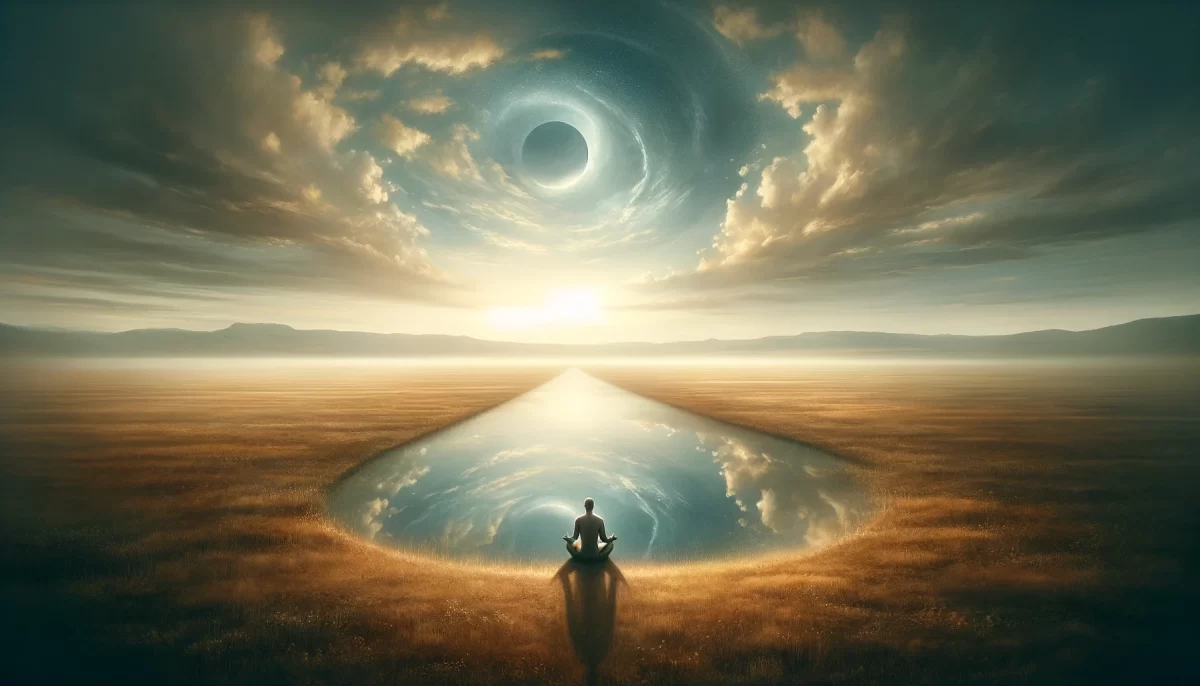
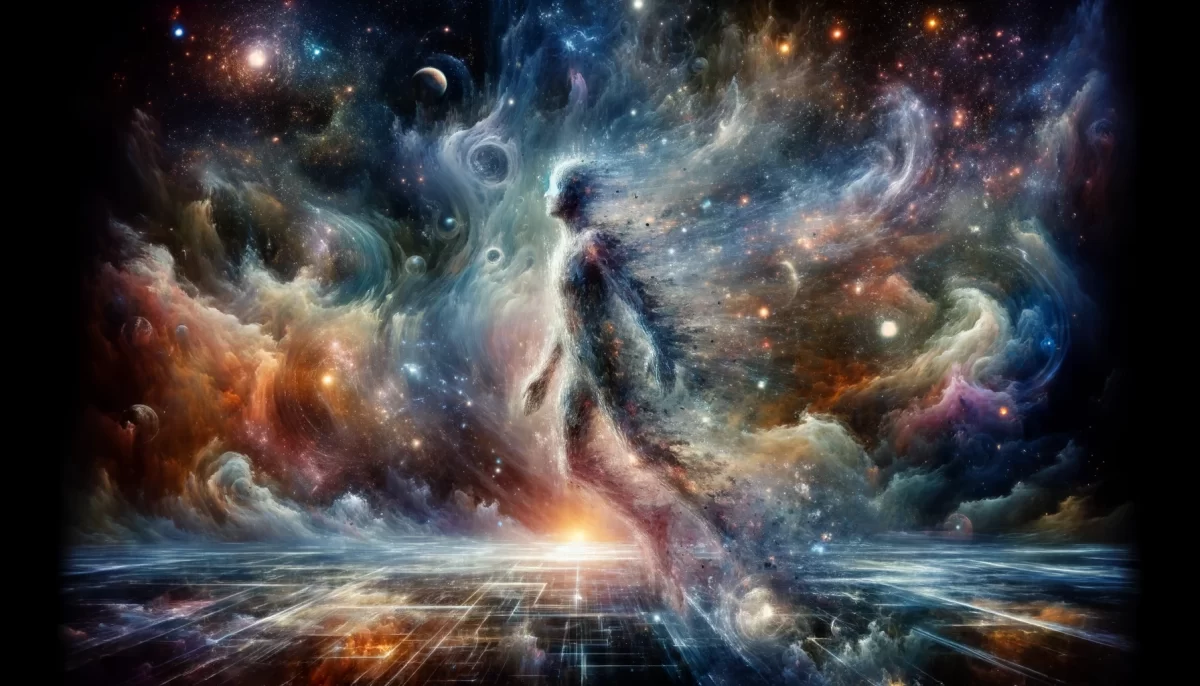
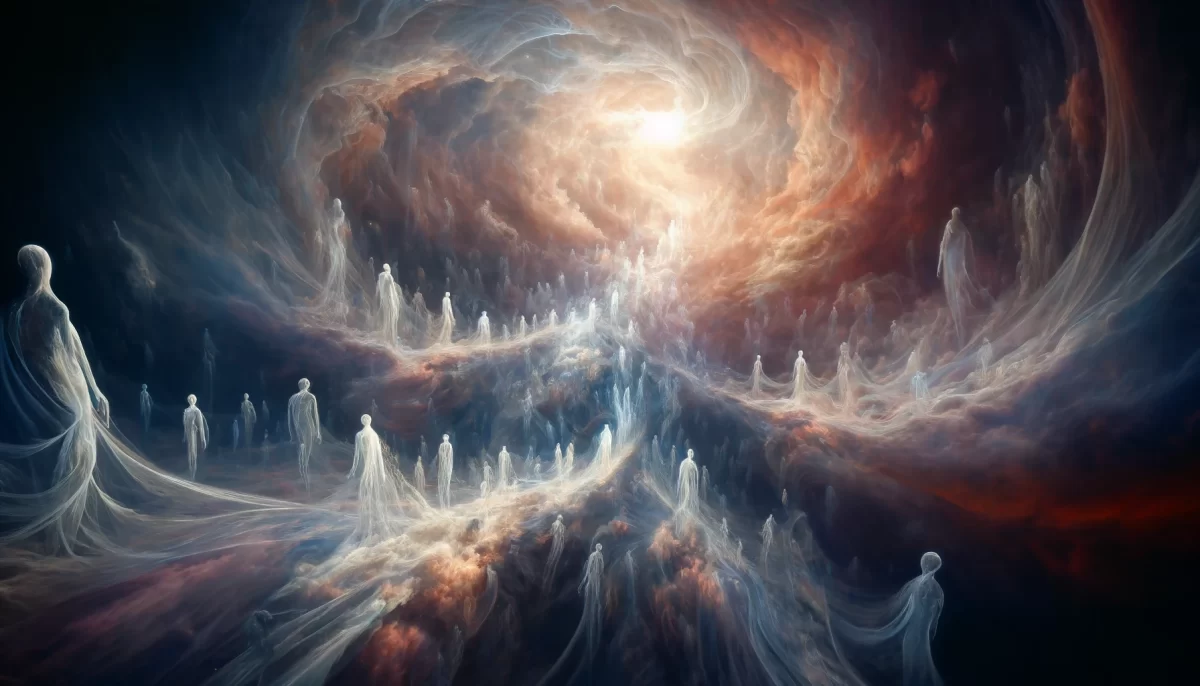
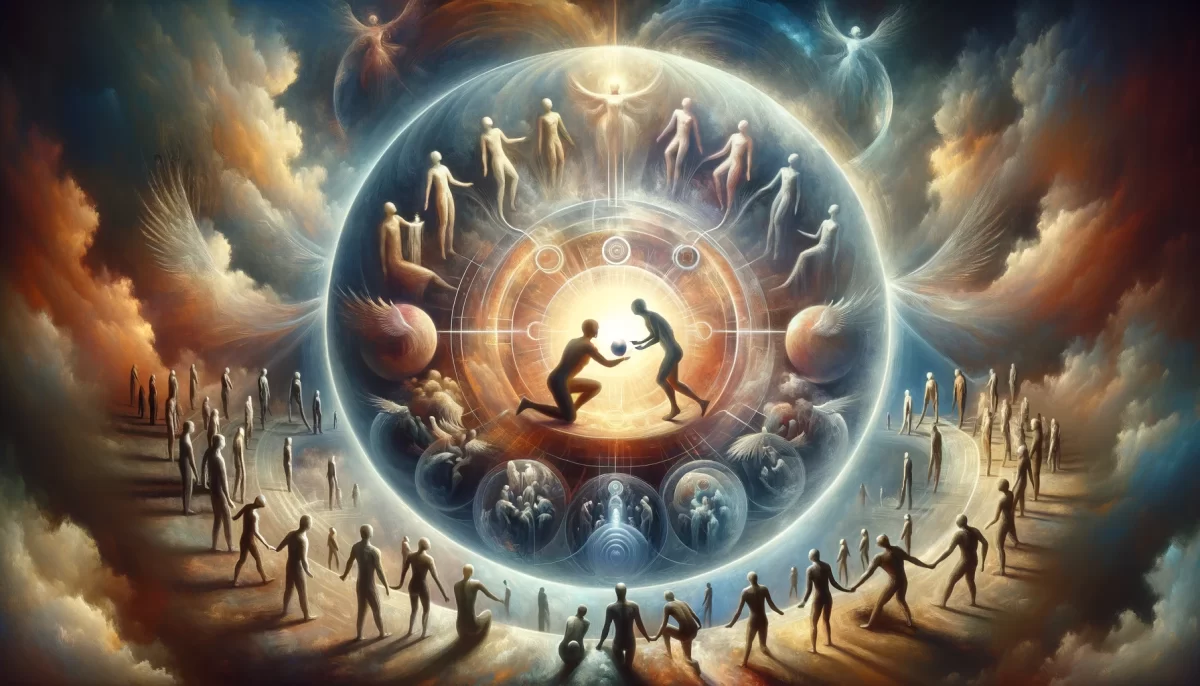

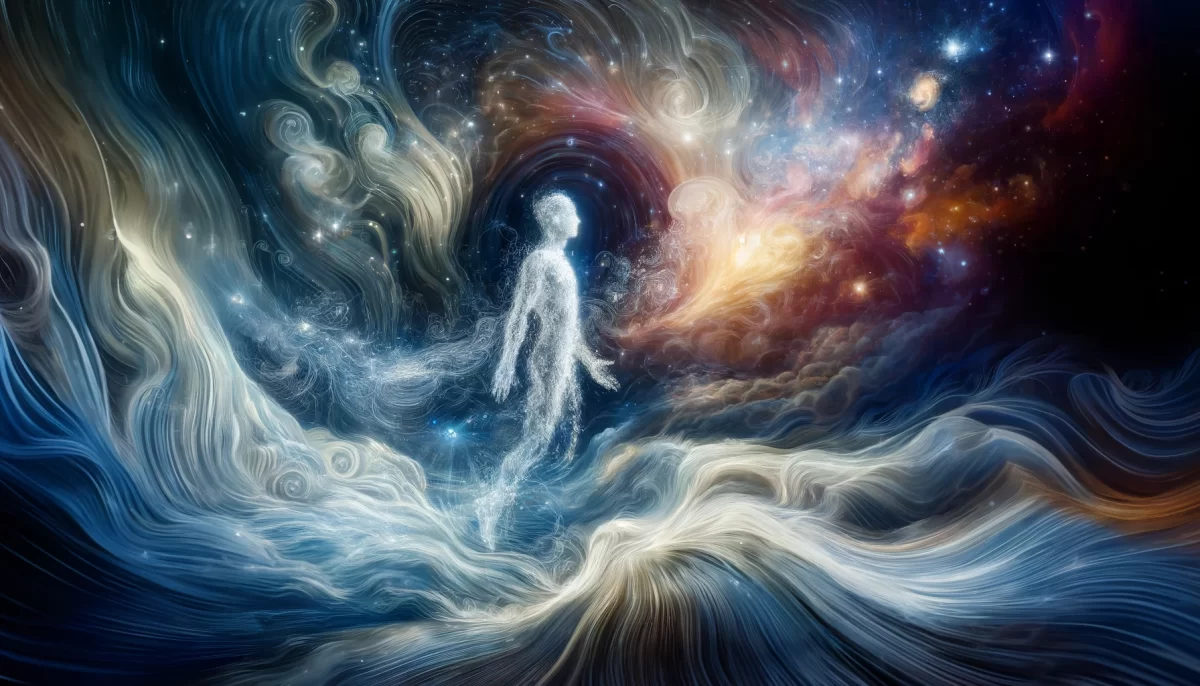
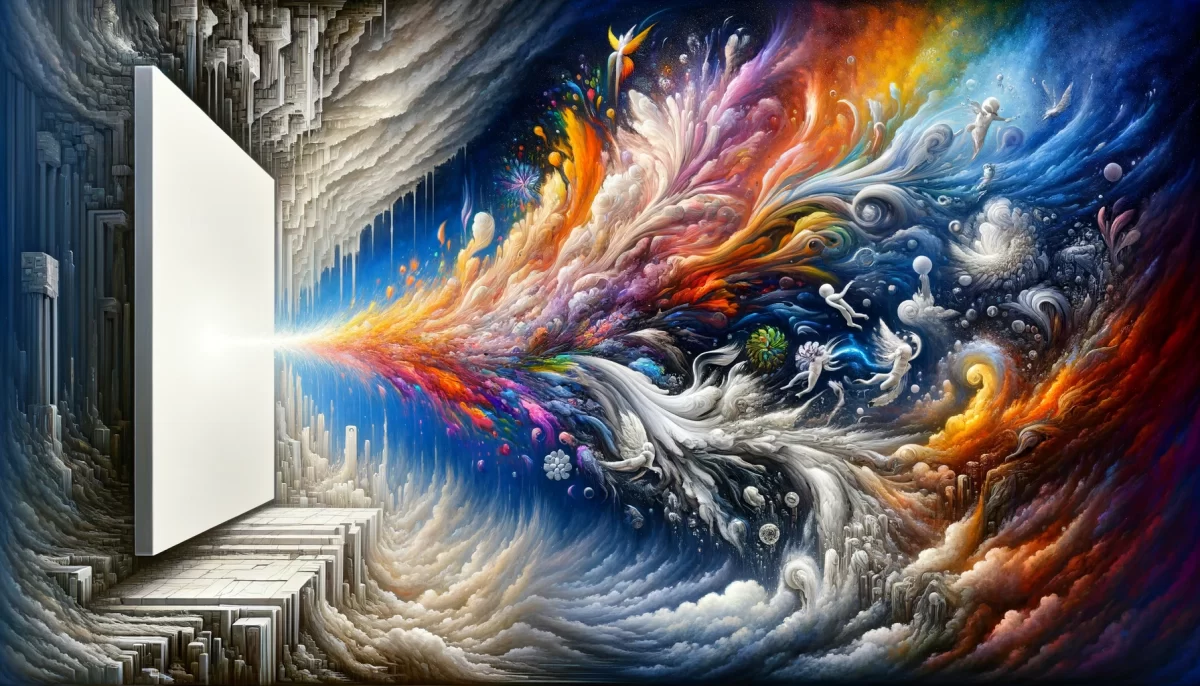
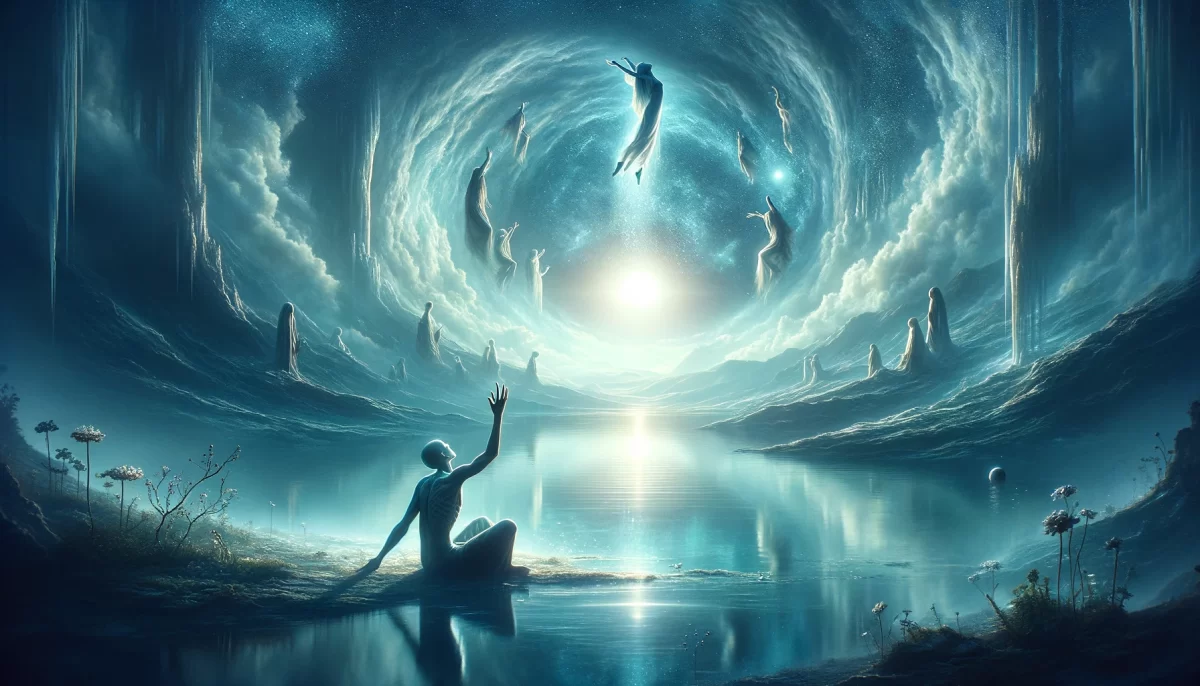

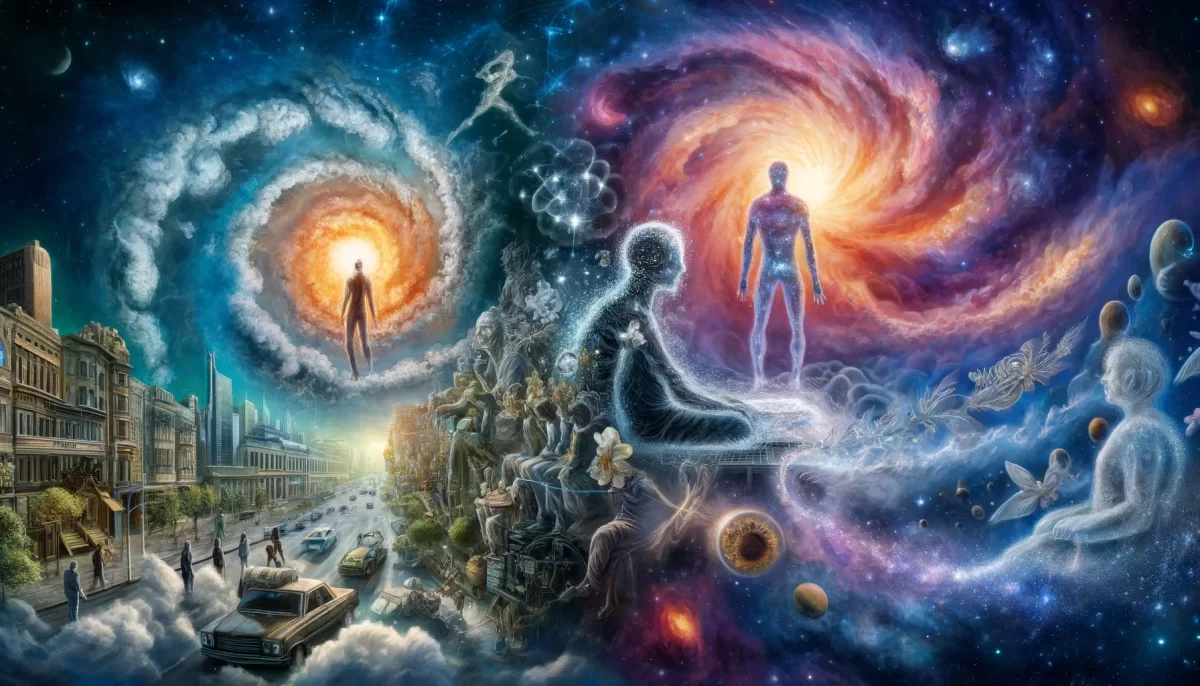

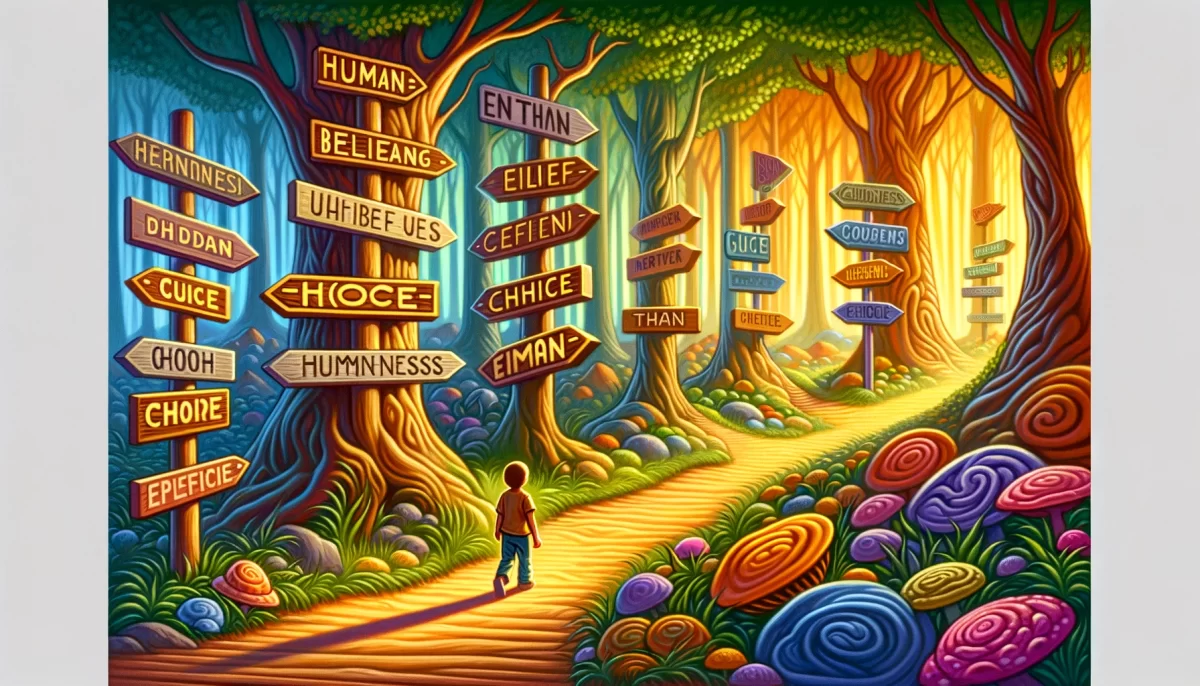
The passage reflects on René Magritte’s famous painting “Ceci n’est pas une pipe” (This is not a pipe) and delves into the deeper implications behind the artwork. It begins by acknowledging that the painting itself serves as a reminder that a mere representation of a pipe is not the pipe itself. However, what truly captivates the author is the lasting image that the painting leaves behind in the viewer’s mind.
The passage encourages contemplation on the nature of perception and interpretation. It suggests that even without the physical stimulus of the original painting, the reader is likely envisioning a pipe in their mind. But is this mental image an accurate representation of the pipe as it truly is? Or has the reader constructed their own subjective interpretation, a recollection that may differ significantly from the painting or the actual pipe Magritte intended to depict?
The author draws attention to an intriguing detail—the actual title of Magritte’s painting is “The Treachery of Images.” This prompts reflection on the broader concept of images and mental representations. The passage prompts the reader to consider what other images they hold in their minds that bear no resemblance to an objective truth. It questions whether there even exists a singular genuine truth or if truth is subjective and subject to individual interpretation.
The passage concludes with a thought-provoking metaphor, urging the reader to “stick that in your pipe and take a good long draw.” It implies that these profound and mind-blowing thoughts and questions are worthy of deep contemplation and consideration.
Overall, the passage invites reflection on the nature of perception, the limitations of representation, and the subjectivity of truth. It encourages the reader to question their own mental images and interpretations, suggesting that the exploration of these philosophical ideas can be both fascinating and transformative.